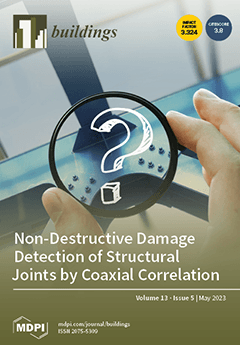A hybrid method based on the structural equation model (SEM) and a fuzzy cognitive map (FCM) was developed to study the influences of the construction safety risks (CSR) of metro tunnels constructed by the mining method on the project risk (PR). An SEM was used to identify and verify the correlations between the CSR and PR. An FCM was developed adopting the verified standardized causality and path coefficient in the SEM. On this basis, predictive reasoning and diagnostic reasoning were performed in the framework of an FCM to simulate the CSR and PR. The feasibility of the developed method was validated based on the construction project of a metro tunnel in Wuhan City, China. The results show that (1) the cause concept node
C2 (tunnel excavation) shows the strongest positive correlation with the target concept node
CT (PR). According to their risks, the construction stages are ranked in descending order as
C2 (tunnel excavation),
C1 (advanced support),
C6 (auxiliary measures),
C4 (structure waterproofing),
C3 (primary support), and
C5 (secondary lining). (2) The target concept node
CT is most sensitive to changes in the cause concept nodes
C2 and
C1. (3) Close attention should be paid to key risks, such as
X9 (over-excavation and under-excavation) and
X8 (unreasonable determination of excavation footage and sequence) in stage
C2. Originality and significance: (1) A hybrid method that can simulate the dynamic interaction between the CSR and PR is proposed. (2) A new perspective for the dynamic evaluation of a PR is provided. (3) The method can be used as a decision-making tool for controlling the PR.
Full article





